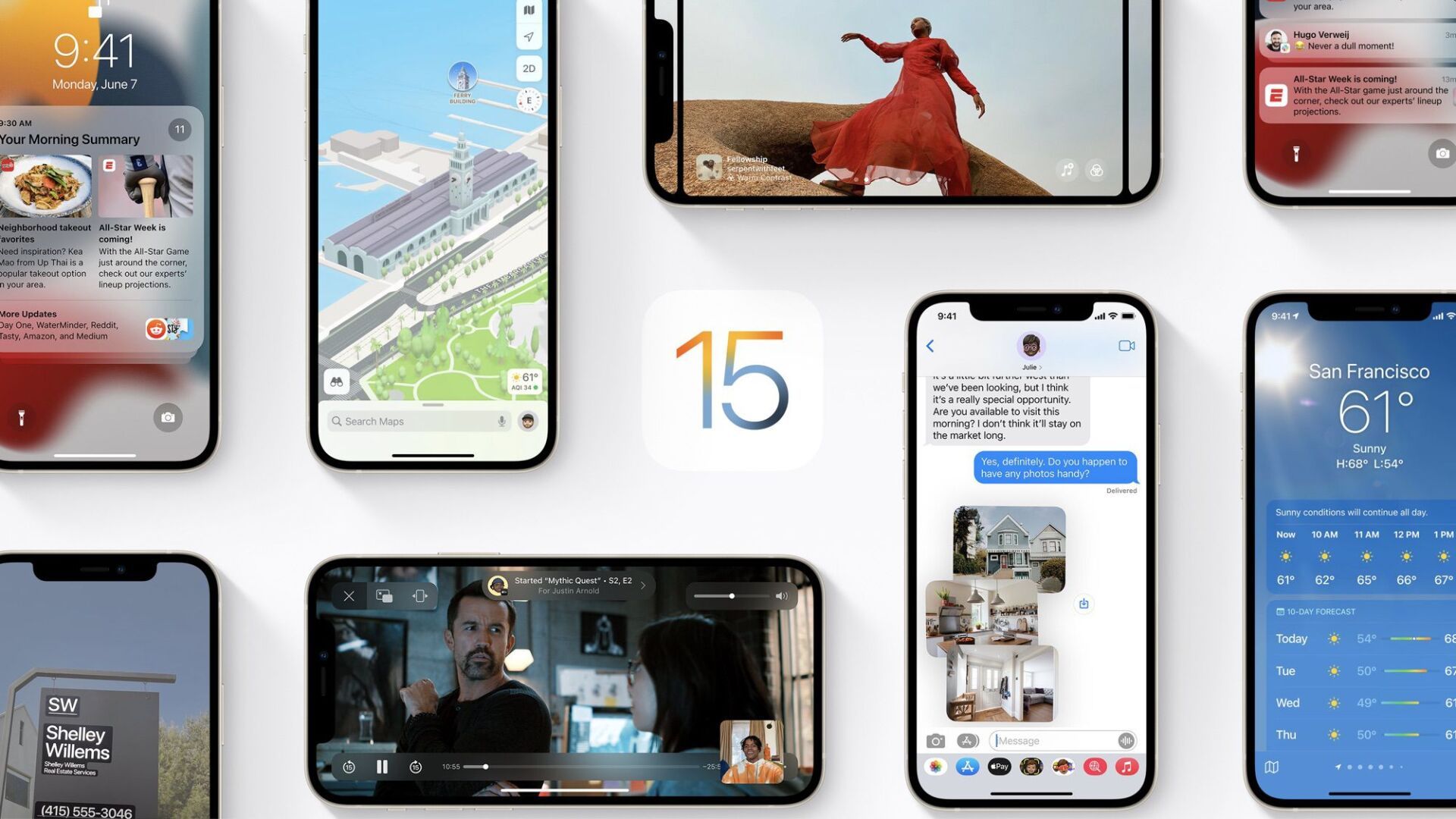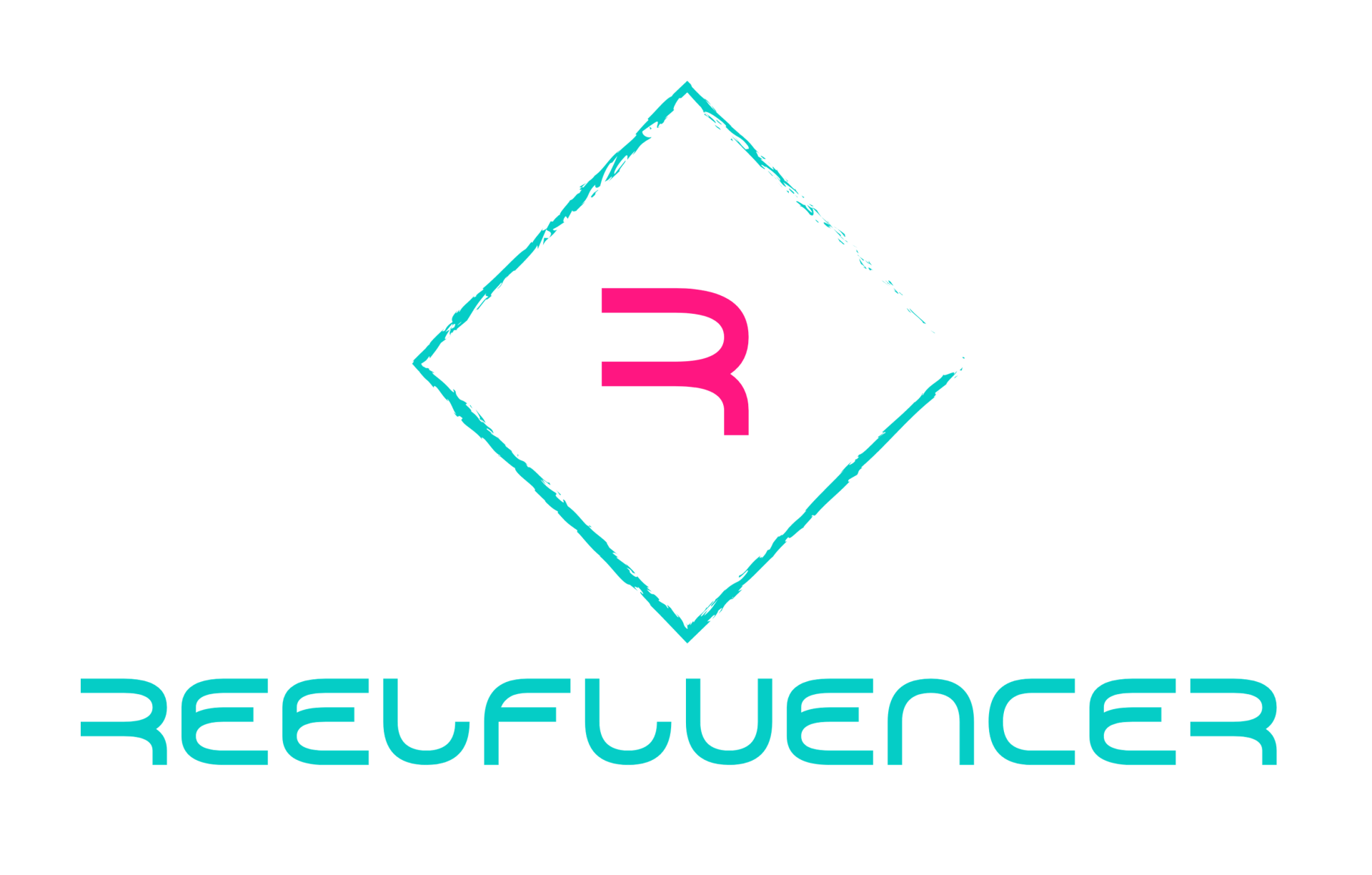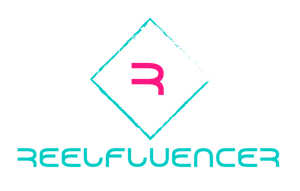Game Changer: a creative solution for your User Acquisiton
How iOS 14.5 and 15.0 forced advertisers to prioritize social media and creative strategy in their UA process in order to regain momentum
The dynamic nature of performance marketing has historically led to a multitude of doomsday forecasts wherein marketers and campaign managers alike have confused the fluid nature of the ecosystem with drastic change to their day-to-day operation and consequently, a sign of insurmountable challenge. This attitude towards changes in applied methodologies and digital marketing machinations is mostly misunderstood and stems from a crucial misapprehension, that change is (often) a positive thing and a catalyst for industry wide improvements. In this fashion, changes to user attribution and the sharing of first party data brought about by the advent of iOS 14.5 (and further extended in iOS 15.0) have been a major cause for concern for a lot of companies that have traditionally relied extensively on these data metrics to measure, target and re-target their potential audiences. One aspect of performance marketing that have been heavily influenced by this change have been that of User Acquisition. With these changes in place, brands will have to reconsider some of the ways they have traditionally approached the topic and start considering branching out their budgets across different platforms and apply different strategies across multiple channels.

While Apple’s attitude change when it comes to user data collection is, primarily, a method to remove Facebook’s competitive edge and try shift budgets away from the platform and on to its own storefront, the fact remains the lion’s-share of advertisers still maintain their spend on social platforms. The challenge that these advertisers face, today, is how they can sustain scale and access on social media while not having the same data insights as before to help them narrow down their scope and reduce their costs. One possible remedy to these complications is for advertisers to widen their reach into other platforms that provide an additional toolset (as well as mindset) then Facebook’s current offering.
That being said, some marketers have yet to properly delve into these platforms, primarily newer channels like TikTok where (according to invideo.io) "50% of the top brands had no TikTok presence, including billion-dollar brands like Google, Facebook, YouTube, and IKEA". While social media has slowly been creeping its way to the top of media spend, the majority of brands and advertisers have not yet fully shifted their focus to these channels. This slower adoption is, of course, consequential of the fact that up until the changes to user data and consumer privacy other channels like SDK networks, Affiliate Networks, CDNs and SSP programmatic buying have been working sufficiently well to deter them from adjusting to a new medium. Yet, with the changes made to the way data is tracked and its impact on marketing automation and consumer acquisition, advertisers should start considering shifting a larger portion of their marketing budgets to these additional social channels if they want to manage the new world of user privacy while still reaching their goals and adequately supporting their marketing efforts.

Given the loss of its core advantage, the challenge most advertisers are faced with today is the adjustment of some of their UA methodologies so they can sustain social media as a feasible performance marketing channel. The reality is, today, engaging with users is no longer only a question of precise media buying. The medium itself forces a change of both ad-units and the way they are integrated into their respected platforms. To put it simply, there is more emphasis placed on brand messaging than on interruption and ensured visibility (as the latter can be negatively perceived by a user when it disrupts his normal use flow in his platform of choice). This posits a shift towards more custom-tailored creative application of messaging at the expense of a mere volumetric and click driven approach. We see that the future of advertising is not solely reliant on technology but on the adaptation of a new creative strategy designed and crafted specifically towards users media consumption flow rather than sufficing with grabbing their attention.
Today, to make the most of their advertising budgets, brands take the extra steps to ensure that they are not only targeting catalogue demographic but are rather aligning with their audience’s mindset. To accommodate this change, they rely on the power of fresh creative messaging and short-form video to bridge the previously untraversable gap between their desire to continuously scale up their User Acquisition efforts while facing the crucial changes to their previously applied methodologies. This considered, it becomes fairly evident that the most powerful tool available for brands and advertisers looking to effectively reach users on these platforms is the right creative context and direction. Social media presents an additional challenge as it speaks in many different languages in quite dissimilar ways. A TikTok campaign cannot be focused around the same principal hook (visual or otherwise) as a Facebook or an Instagram one. To properly adjust the strategy and produce a creative asset that will deliver the right impact in today's growingly competitive environment, it is crucial to be on your tiptoes, consistently adapting to new trends and moving dynamically with them on each individual platform.

What methodology, than, can be suggested that will enable marketers to reach impactful results within the varied ecosystem consisting of different moving parts? The answer to that question is actually complex in its simplicity: "gain a new perspective." At its core the creative task remains the same, but the dynamic nature of social media, it's unique flow and rhythm expressed in all aspects from UI and UX to engagement and attention span, requires a more invested approach from those brands and advertisers. It is no longer enough to familiarize yourself with user data in order to launch a successful campaign or effectively sustain a campaign over a substantial duration of time. The familiarity needs to be derived by the medium, by the targeted audience within the medium. It must be communicated to them in their own language, in a message that is spoken to them in their own terms. In order to deliver the maximum impact, advertisers are faced with the increasingly difficult challenge of producing a lot of fresh assets and consistently updating them to match current trends and social dynamics. To do so they must be able to be connected, interested and engaged in the social platforms they are looking to promote. Moreover, they have to be able to produce new assets on a regular basis in order to ensure the messaging doesn't get stale and to peak audiences' curiosity in their products and services.

Reelfluencer is a creative agency that specializes in the production of engaging video campaigns on social media. Founded by online marketers who speak the language of performance marketing, we understand that the best way to fight the loss of IDFA and audience targeting is to develop as many ad concepts as possible and use them to motivate different audiences
Established in 2021, we help brands deliver FRESH new concepts at scale and get optimal results on social media as we quickly adapt to changes
'Reel' Talk - Reelfluencer's Blog

a b c d e f g h i j k l m n o - Do not remove from template!!! it is important to support different fonts


